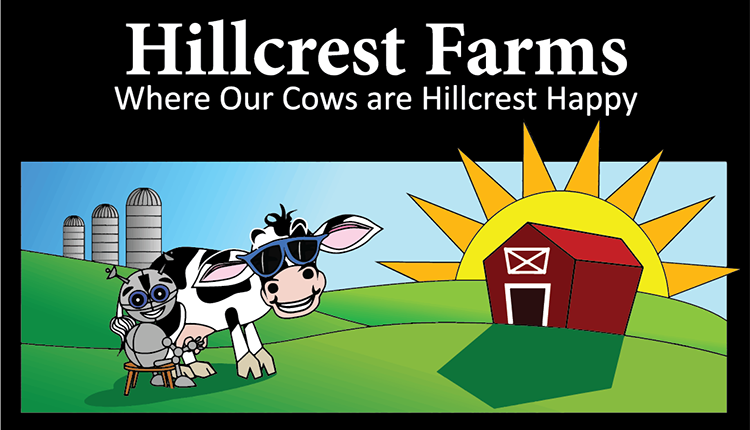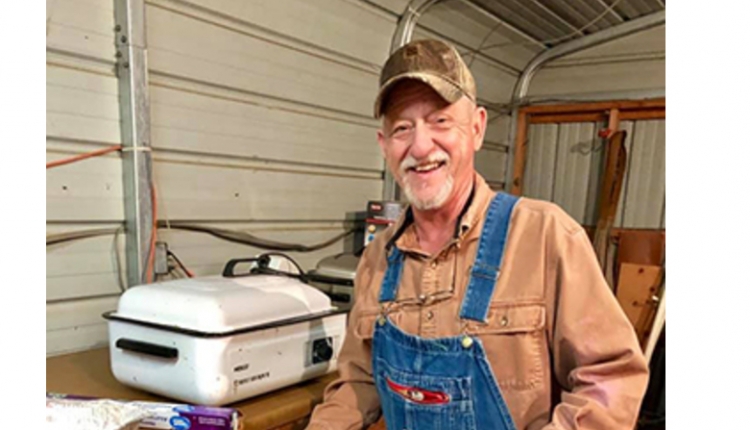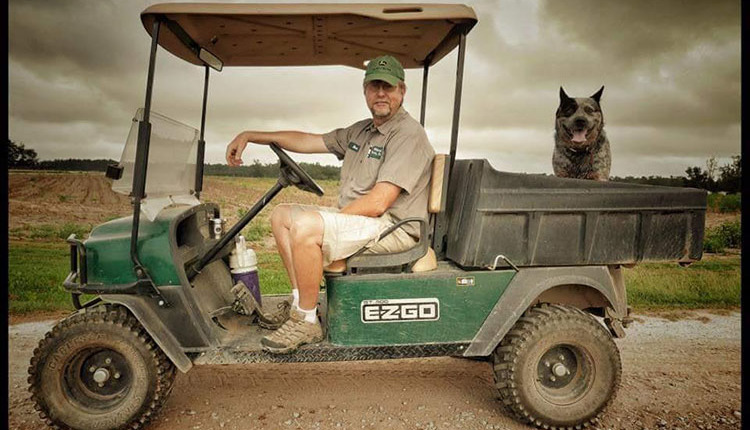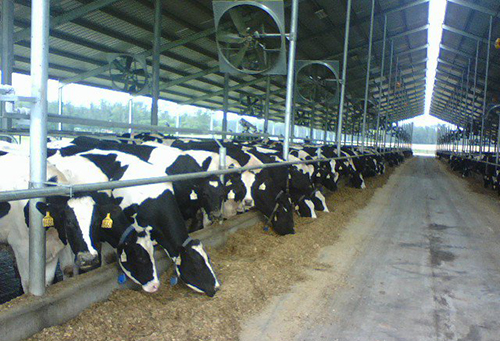
I have other dairy farmers ask me questions about the analysis of the rations we feed at our farm. My usual answer is, "I don't know, that's what I pay the nutritionist to keep up with!"
I have come to realize that I don't need to know everything, I just have to surround myself with good consultants who excel in their field.
I believe it is more important that I focus on the management of the feeding process. I should be making sure that we harvest at correct moistures, pack the silage adequately, seal the finished forage for long-term and stable storage, and manage the pit face to feed the best forages to our cows daily.
We check the dry matter percentage of forages twice a week and adjust rations to maintain the exact same TMR dry matter 365 days a year. We monitor our feeding staff to make sure they are adding feed commodity amounts exactly as the ration is designed, that they are mixing feed the proper amount of time, and that they are distributing at the correct amounts to each group.
The nutritionist and I talk or text almost daily about average milk production and dry matter intakes. We work as a team to choose next year's forage varieties, silage inoculants, and the best cost feed ingredients that we might use. On a monthly basis, the nutritionist is on our farm to evaluate pit face management and loading, mixing, and feeding of the TMR. This gives me an independent expert to make sure that we stay on protocol.
It is easy to blame the nutritionist when cows do not perform to expectations or during times of financial hardship. We must remember that the nutritionist only has what we, the farmer, gives them to work with.
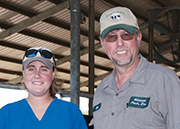 Mark and Caitlin Rodgers are dairy farmers in Dearing, Georgia. Their "Daddy and Daughter Dairy Together" column will appear every other Thursday on HD Notebook. The Rodgers have a 400-cow dairy that averages 32,000 pounds of milk. Follow their family farm on Facebook at Hillcrest Farms Inc.
Mark and Caitlin Rodgers are dairy farmers in Dearing, Georgia. Their "Daddy and Daughter Dairy Together" column will appear every other Thursday on HD Notebook. The Rodgers have a 400-cow dairy that averages 32,000 pounds of milk. Follow their family farm on Facebook at Hillcrest Farms Inc.





